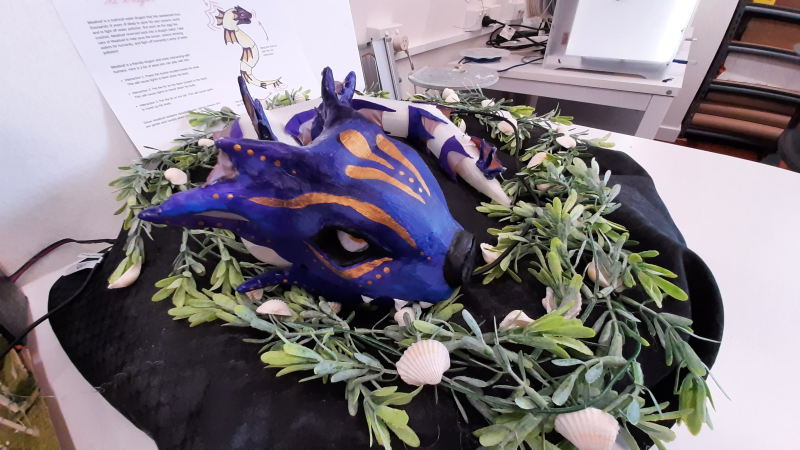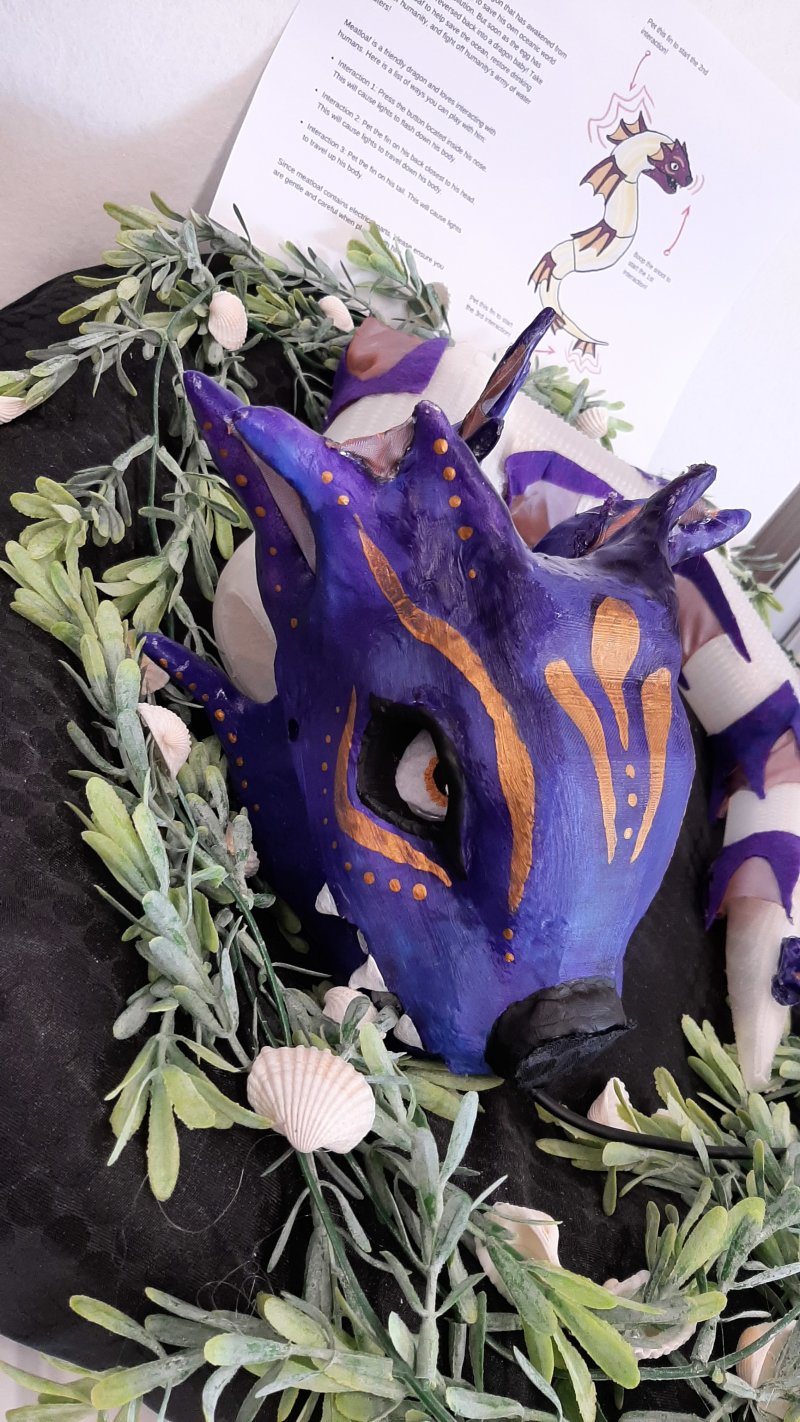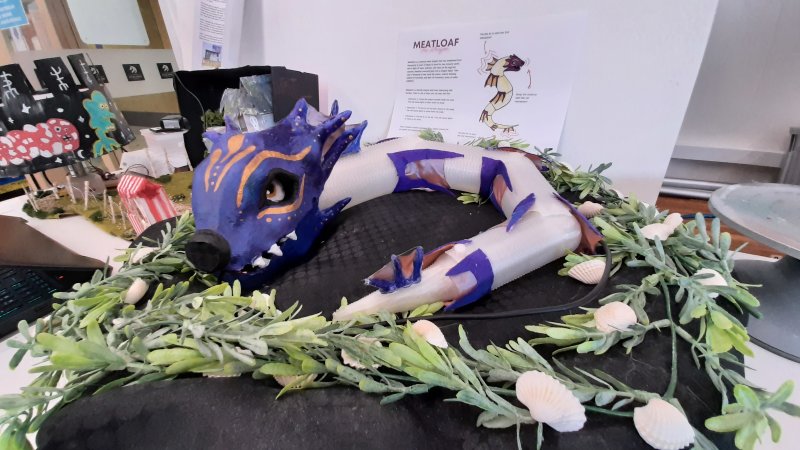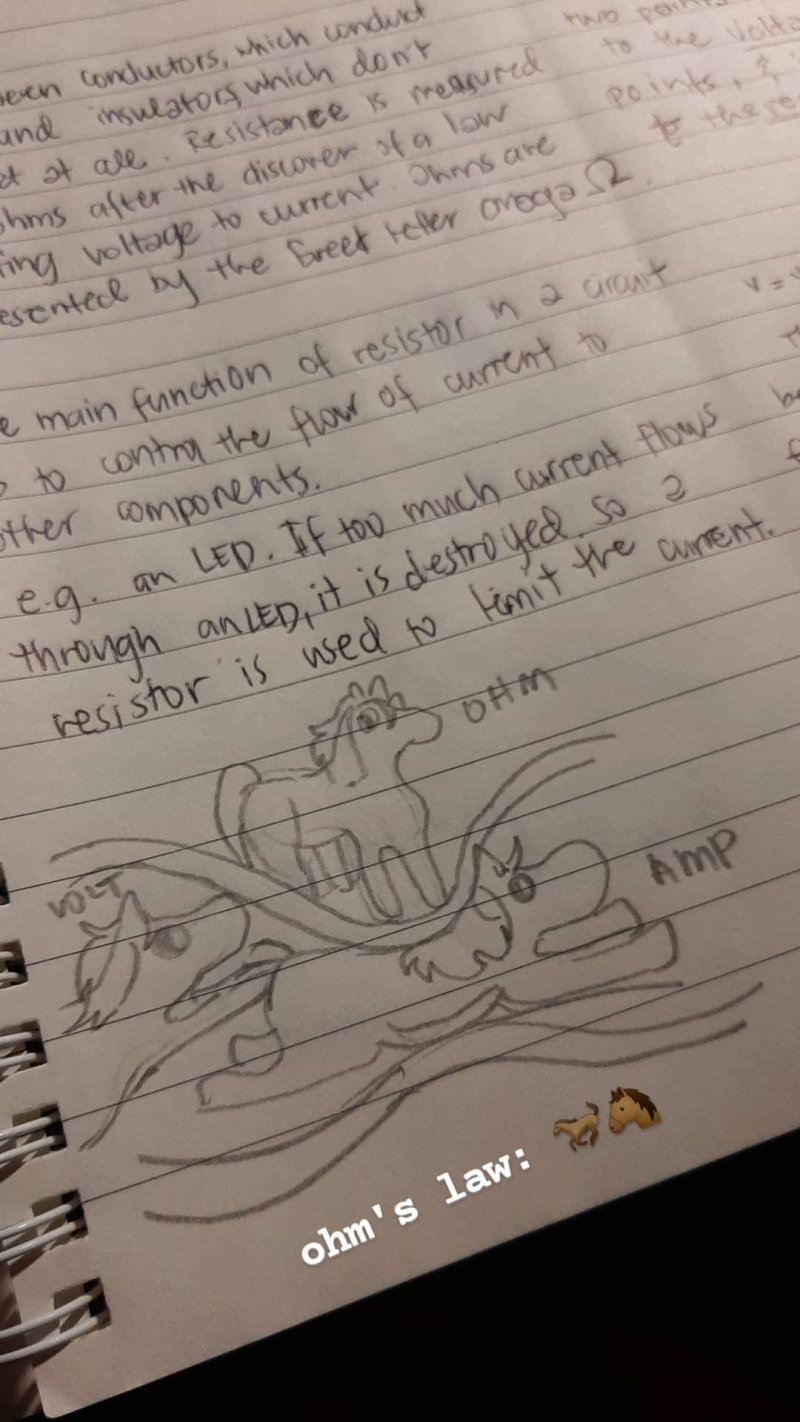
Reflection on Experimental and Tangible Interaction Design
Published at 2021-05-17 11:44Taking Experimental Interfaces and Tangible Interaction Design (DESN3600) was one of the best decisions I have ever made in choosing for an elective as an IT student! Simone O’Callaghan has been a wonderful lecturer and tutor in teaching us from conductive inks to Arduinos.
What I love about this course is that it does not push you to learn a vast number of electrical concepts, computing, and formulas, instead, it lets you do your research while teaching the fundamentals to apply to the tutorial sessions. As a person who understands concepts more when doing a hands-on approach, this is the right balance for me to learn and creatively build things without worrying too much about the science behind electricity first. And once I have understood the concepts, I would enthusiastically research more thoroughly on physical computing and electronics.
When prototypes you create works, like seriously and not just there for show, it feels rewarding and satisfying after long hours of just trying to put them all together. And that is just the same with coding and debugging errors, except it is an intangible product.

Got an HD from this fella! Light glows inside its body as you touch its nose and tail.
I also enjoyed the community of students in DESN3600, where everyone helps each other out since we all know that we are trying our best to learn new things and no one judges each other. Thus, it encourages me to help others out when they get stuck because not only, I retain the information more when teaching, but also knowing how and why the electrical component acts that way to explain the root problem to others. It creates a welcoming environment to be not afraid of making mistakes since this is an experimental course. And as an IT student, I also get to meet different people from different degrees like creative industries, business, and education!
The only thing that hinders me from learning more is the budget of buying materials as a student on a budget. I remember having difficulties in buying materials for week 3’s glowing houses, especially the Bare Conductive inks from RS Components where I was kind of scammed for their large hidden fees placed on my order. But aside from that, I was able to learn how to deal with businesses and their customer services to get my money back.
I was joyful to also have fun while learning physical computing and apply critical and design thinking skills on projects like the Articulated Dragon Puppet group project, interactive poster from week 8, and glowing houses from Week 3. My critical thinking developed by creating and failing lots of experiments so that I will know which one works, read up lots of reliable resources such as how to create a circuit, what are the different transistors, and always asking lots of questions to test whether I can accept or reject the hypothesis that the circuit can work if I do these kinds of steps or procedures. While for design thinking, I was able to empathise with my groupmates on their needs for a fun subject, what do we want as our muse, brainstorm, prototype a dragon puppet, test to receive feedback, and implement our vision!
In summary, this course has made me more confident as a tinker, opened new paths for me to carve as an aspiring creative technologies student, found a new interest in building physical computing projects like Arduinos (until I can get a part-time job to cover the expenses, hahaha), integrate design thinking and playful interactions to future projects, and collaborate with different people from different disciplines so that projects do not have just one perspective.
Experiment is the expected failure to deliberately learn something. - Scott Berkun






